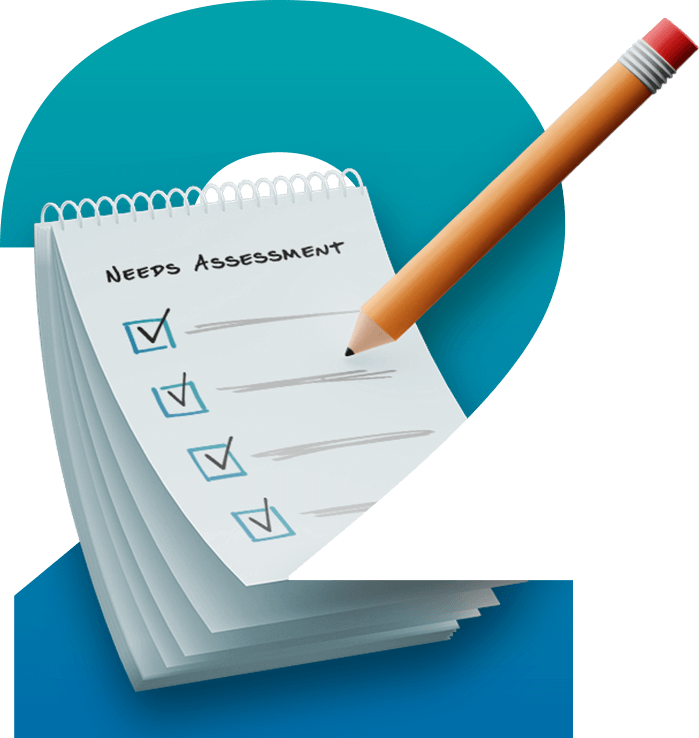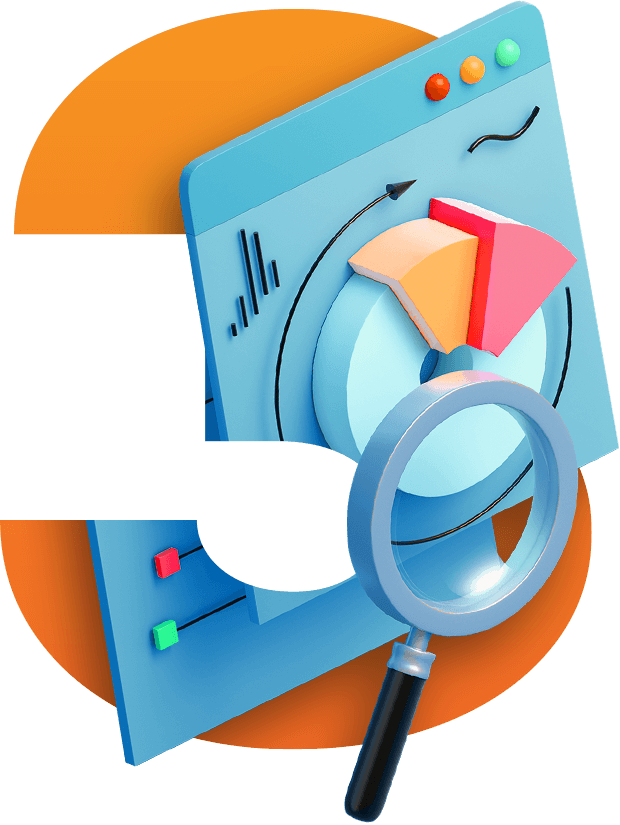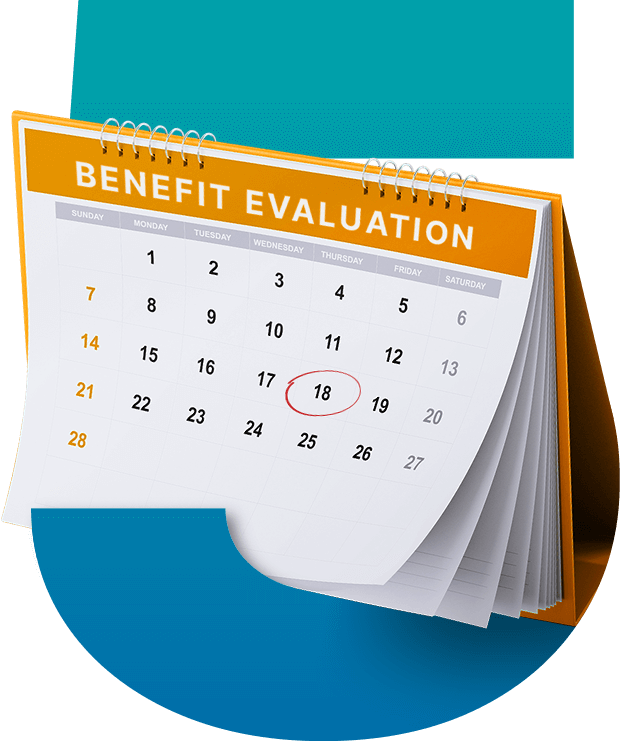I almost cannot put into words how great the staff is...in the past year, we've relied upon their expertise to help us increase payroll and reporting efficiencies and they've delivered! Each and every staff member we've contacted has a pleasant demea...
Wisconsin Employee Benefits Administration Service
Transform Your Business with 5-Star Rated Benefits Management
As a leading Wisconsin employee benefits administration service, Connect & Simplify from The Benefit Companies helps 20-500 employee businesses streamline their benefits strategy. We connect the complex challenges of finding and implementing employee benefits packages with simplified solutions, giving you more time to focus on growing your business.
Get started offering attractive benefits packages to your employees with a FREE quote. All inquiries typically receive a call back within 30-45 minutes.
Have a question? Contact us instead.

Your Path to the Perfect Benefits Solution

No existing Benefits Broker? We've Got You Covered
Navigating employee benefits can be overwhelming for Wisconsin businesses without an established broker. Our employee benefits administration service provides a comprehensive solution for companies looking to offer benefits packages to their employees.
We understand the unique challenges of growing businesses with 20-500 employees. Our team guides you through benefits planning, from initial strategy development to implementation and ongoing management. We transform the daunting task of benefits administration into a streamlined, strategic process.
Our approach includes:
- Comprehensive needs assessment for your specific workforce
- Customized benefits strategy development
- Detailed compliance management
- Ongoing support and annual strategy reviews


Upgrade Your Current Benefits Strategy
Many Wisconsin businesses don’t have an approach to benefits packages that meet their evolving needs. Whether you're feeling frustrated with your current broker or seeking a more strategic approach to employee benefits administration, we provide the expertise to transform your benefits strategy.
Our team commonly helps businesses with existing vendors in the following buckets:
- Who feel they were rushed through the onboarding process
- Who feel they are paying too much
- Who feel they aren’t getting the support and guidance they need
Connect & Simplify’s Wisconsin employee benefits experts deliver the strategic guidance you need. With comprehensive employee benefits consulting services, we optimize your benefits approach to attract, retain and support top talent, drive employee satisfaction and improve business performance.
Comprehensive Benefits Services

Health & Welfare Benefit Plans
Connect & Simplify’s experts have years of experience tailoring health and welfare solutions for Wisconsin businesses. Many group health plans include medical, dental, vision, psychiatric and long-term health care coverage. Our employee benefits administration service helps you provide competitive, compliant health and welfare benefits packages.


Retirement Benefit Plans
We provide strategic retirement benefits plans that attract and retain top talent. Connect & Simplify makes complex retirement benefits administration simple and effective. From 401(k) plans to pension plans or SIMPLE IRAs, our team will help you choose and implement the right employee retirement plan package.
Voluntary Benefit Plans
Expand your benefits portfolio with strategic voluntary options complementing your core offerings. Voluntary benefits are optional plans paid by employees through payroll deduction and are traditionally offered in three primary ways:
- Traditional Voluntary Plans
- Voluntary Buy-Up Plans
- Multi-Coverage Packages
We provide voluntary benefit plans at discounted group rates, giving employers a quality, low-cost option.

The Risks of Handling Employee Benefits Yourself

Handling employee benefits internally can expose your business to significant risks, including non-compliance with changing regulations, legal liabilities, and the diversion of valuable resources away from core business operations.
You need to consider the legal obligations for offering benefits on both a federal and state level.
- At a federal level, the Affordable Care Act requires employers with 50+ employees to provide affordable health insurance or pay a penalty.
- Every year, more states pass laws requiring employers to provide paid sick leave to their employees.
- Federally passed SECURE Act 2.0 will require employers to adapt their retirement plans and plan administration to changing regulations over the next few years.
Without expert guidance, you risk incurring costly penalties due to non-compliance and losing top talent due to suboptimal benefit packages. When you hire a benefits broker like The Benefit Companies, you get a dedicated team of professionals who help ensure your employee benefits plans comply with all state and federal requirements and are attractive to employees.
Ready to Transform Your Benefits Strategy?

Connect with our employee benefits administration service today. We'll help you build a benefits strategy to support your business goals and employee needs.
Employee Benefits Plan Frequently Asked Questions
Pension, retirement, profit-sharing, deferred compensation, stock options, employee stock ownership, share purchase, severance pay, vacation, bonus, retention, insurance, vacation, holiday and other parallels fall under the employee benefits category and may be included in an employee benefit plan.
A 401(k) is a defined contribution plan with cash or deferred arrangement. In some cases, the employer may match the employee's contributions to their 401(k).
The 4 primary types of employee benefits:
- Medical insurance
- Life insurance
- Disability insurance
- Retirement plans
Common examples of employee benefits include:
- Health insurance
- Disability insurance
- Dental & Vision insurance
- Life insurance
- PTO & paid holidays
- Retirement planning
- Family leave
- Remote work & schedule flexibility
- Student loan repayment
- Continued education & professional development programs
The most common employee benefits are:
- Medical, disability and life insurance
- Retirement benefits
- Paid time off (PTO)
Building an employee benefit plan depends on your business goals, budget, industry, workforce size, legal requirements and more. Determining these elements and planning an employee benefit plan around them can be long and meticulous. Your benefit plan(s) need to meet the needs of your employees and your business.
Build a list of benefits to meet all employee, business and legal requirements, then determine the total cost of the list, compare it to the benefit plan's budget and revise it as needed.
Contact us for professional assistance when building your employee benefit plan.












